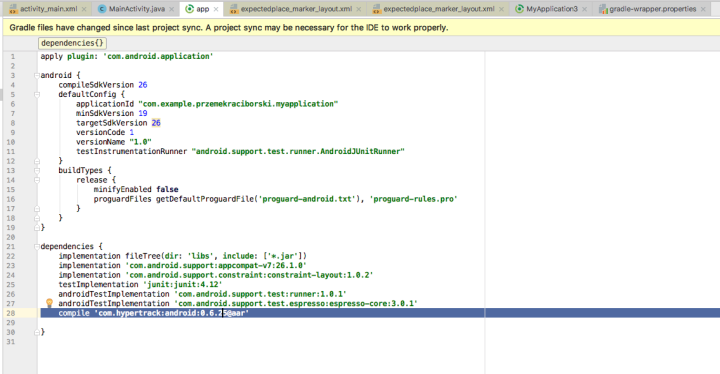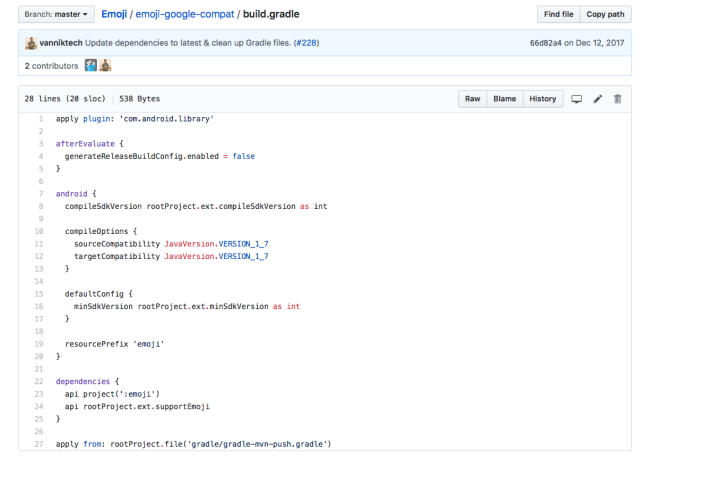[global::Android.Runtime.Register (“com/vanniktech/emoji/EmojiReplacer”, DoNotGenerateAcw=true)]
internal class IEmojiReplacerInvoker : global::Java.Lang.Object, IEmojiReplacer {
static IntPtr java_class_ref = JNIEnv.FindClass (“com/vanniktech/emoji/EmojiReplacer”);
protected override IntPtr ThresholdClass {
get { return class_ref; }
}
protected override global::System.Type ThresholdType {
get { return typeof (IEmojiReplacerInvoker); }
}
IntPtr class_ref;
static IntPtr Validate (IntPtr handle)
{
if (!JNIEnv.IsInstanceOf (handle, java_class_ref))
throw new InvalidCastException (string.Format (“Unable to convert instance of type ‘{0}’ to type ‘{1}’.”,
JNIEnv.GetClassNameFromInstance (handle), “com.vanniktech.emoji.EmojiReplacer”));
return handle;
}
protected override void Dispose (bool disposing)
{
if (this.class_ref != IntPtr.Zero)
JNIEnv.DeleteGlobalRef (this.class_ref);
this.class_ref = IntPtr.Zero;
base.Dispose (disposing);
}
public IEmojiReplacerInvoker(IntPtr handle, JniHandleOwnership transfer) : base (Validate (handle), transfer)
{
IntPtr local_ref = JNIEnv.GetObjectClass (((global::Java.Lang.Object) this).Handle);
this.class_ref = JNIEnv.NewGlobalRef (local_ref);
JNIEnv.DeleteLocalRef (local_ref);
}
static IntPtr _replaceWithImagesMethodPointer;
[Register (“replaceWithImages”, “(Landroid/content/Context;Landroid/text/Spannable;FFLcom/vanniktech/emoji/EmojiReplacer;)V”, “”)]
public virtual unsafe void ReplaceWithImages(Context context, ISpannable text, float emojiSize, float defaultEmojiSize,
IEmojiReplacer fallback)
{
if (_replaceWithImagesMethodPointer == IntPtr.Zero)
_replaceWithImagesMethodPointer = JNIEnv.GetStaticMethodID (class_ref, “replaceWithImages”, “(Lcom/vanniktech/emoji/EmojiReplacer;)V”);
try
{
JValue* __args = stackalloc JValue[5];
__args[0] = new JValue(context);
__args[1] = new JValue(text);
__args[2] = new JValue(emojiSize);
__args[3] = new JValue(defaultEmojiSize);
__args[4] = new JValue(fallback);
JNIEnv.CallVoidMethod((this).Handle, _replaceWithImagesMethodPointer, __args);
} finally
{
}
}
}



















